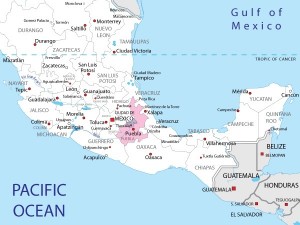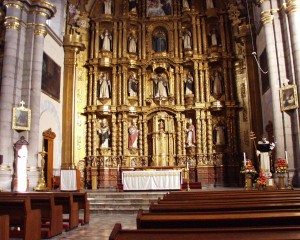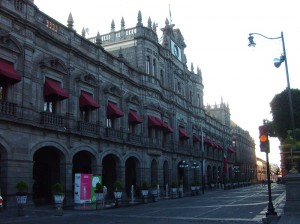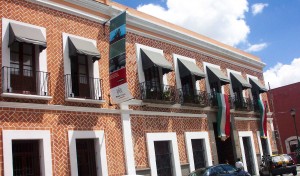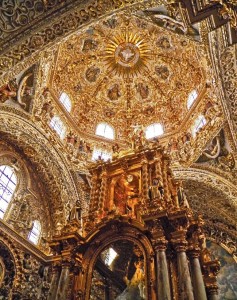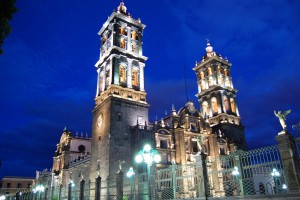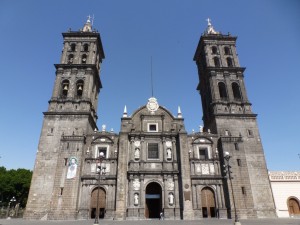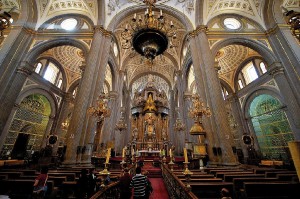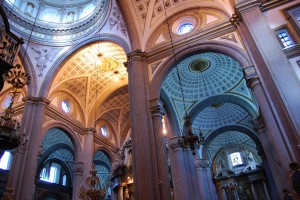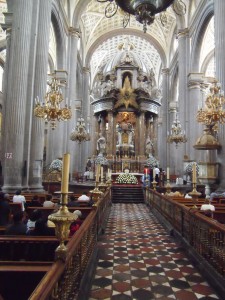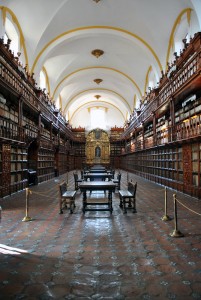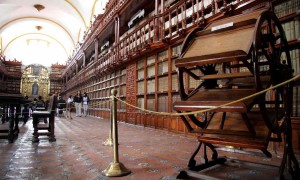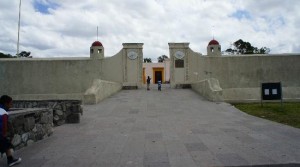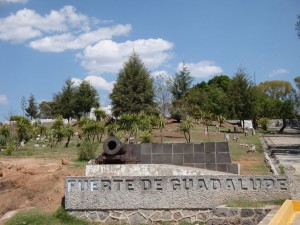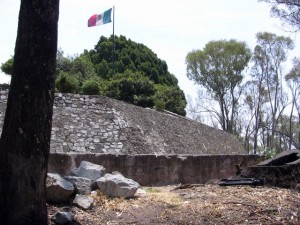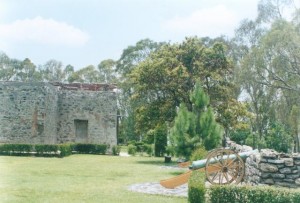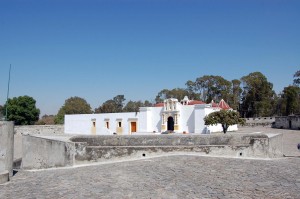Written by Soudip
February 14th 2015Other Places
You Are Here
Home > Mexico > Monuments of Tlacotalpan Historical Facts and PicturesHistoric Centre of Puebla Historical Facts and Pictures
Puebla, a city officially called Puebla de los Angeles, located close to Popocatepetl volcano, is a significant Spanish colonial city in Mexico. Founded in 1531, Puebla has preserved its important religious structures and fine buildings such as the Cathedral, old archbishop’s palace, Amparo Museum, Palafoxiana Library, Church of Santo Domingo, and houses with tiled walls, displaying new aesthetic concepts occurring from a blend of American and European styles.
Puebla Mexico: History
During the 16th century, Puebla exercised substantial influence, receiving several nobility titles including “Title of city”, “Coat of arms”, “Noble and Loyal City of Los Angeles”, “Very Noble and Very Loyal City of Los Angeles” etc. During 17th-18th centuries, the city grew considerably with more regulations in place, while the new Puebla City Hall was established in 1714 and wood stalls replaced the Tianguis by the 1770s.
Puebla Cathedral
The Cathedral, exhibiting neoclassical and baroque architecture, took about 300 years for its completion, with constructions beginning in 1575. The Latin-cross-shaped cathedral, containing five naves was made holy in 1649, while the north and south towers were included in 1678 and in 1768 respectively. The complex has five altars, including the octagonal main altar along with the other four at cardinal directions. Comprising fourteen chapels with various artistic works, the cathedral has 70 m high bell towers.
Interior
The interior features numerous artistic artifacts located in the main altar and the 14 chapels. Constructed during 1797-1818 by Manuel Tolsa, the main altar is also called “The Altar of the Kings” or “The Major Altar”. The Blessed Sacrament chapel is found across the cathedral’s rear wall, while the interior of apse chapel’s dome has Cristobal de Villalpando’s “The Assumption of the Virgin”.
Palafoxiana Library
Established by Juan Palafox Mendoza in 1646, the Palafoxiana Library initially consisted of 5,000 books that were donated to College of San Juan. Characterized with Baroque architectural style, the main room was built by Bishop Francisco Fuero in 1773. Today, the library has a collection of more than 5,000 manuscripts, 42,000 books, and some items dating back to 1473.
Fort of Loreto and Guadalupe
These two historic landmarks were influential to Battle of Puebla, which took place in 1862. A former chapel in fort Loreto is now the Museum of Non-Intervention, commemorating the non-aggression treaty signed by Mexico, two South American, and Central American nations in the 1960s. Fort War Museum, containing swords, shotguns, cannons, documents and artifacts related to the battle, is situated in this fort.
Category
MexicoWritten by Soudip
February 14th 2015










